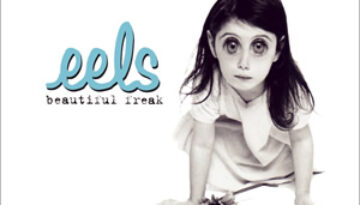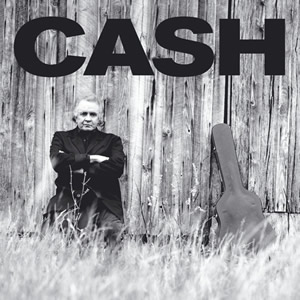Beautiful Freak by Eels
Buy Beautiful Freak Although it is officially the debut of the rock trio Eels, the 1996 album Beautiful Freak is in reality the third album by composer and performer Mark Oliver Everett, who […]

Buy Beautiful Freak Although it is officially the debut of the rock trio Eels, the 1996 album Beautiful Freak is in reality the third album by composer and performer Mark Oliver Everett, who […]

Buy American II: Unchained Building on the momentum of his 1994 comeback album, American Recordings, country/rock legend Johnny Cash decided to do a sequel in what would become a very successful late career […]